The Ultimate Guide to Visiting National Parks
Visiting National Parks: What You Need to Know
National parks are the ultimate American adventure—places where families, solo travelers, and outdoor enthusiasts can experience the country’s most stunning landscapes and incredible wildlife. I’ve been visiting national parks since I was a kid, and over the years, I’ve watched both the park system and its popularity grow. Whether you’re planning your first trip or are a seasoned explorer, visiting national parks safely and enjoyably requires some insider knowledge.
This year, I’m setting out to visit as many national parks as possible, and I want to share everything you need to know—new rules, essential tips, and things you may not have thought of—to help you make the most of your experience while leaving no trace behind.
This post may contain affiliate links that help me generate a small commission (at no cost to you) if you decide to click and make a purchase. I’m grateful for your support to keep my blog and YouTube channel going!
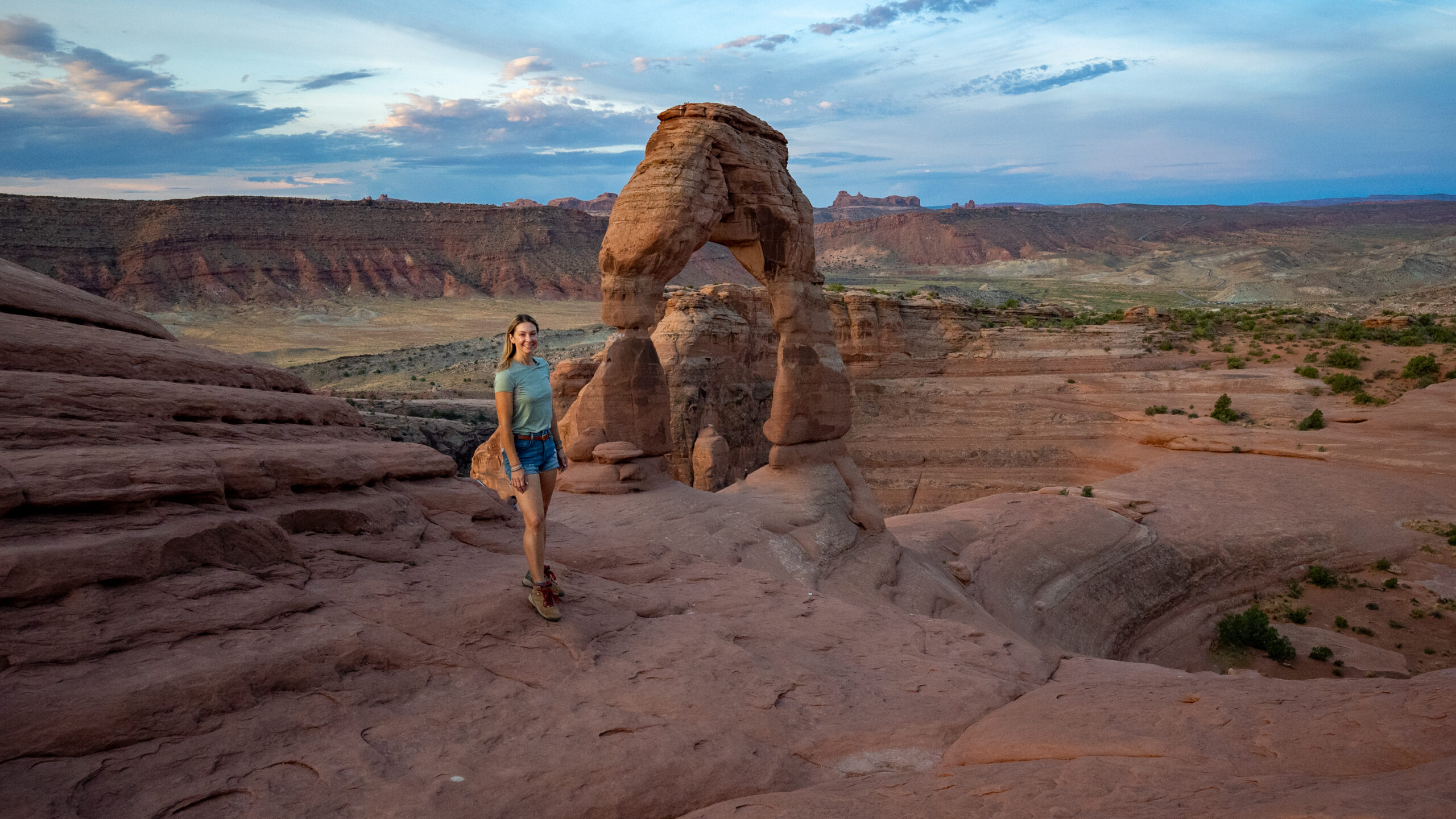
About U.S. National Parks
The United States is home to 63 designated national parks, but the National Park System actually manages more than 400 sites, including national monuments, historic sites, battlefields, recreation areas, and scenic trails. American travelers and foreign visitors have been enjoying our park system since 1872, when Ulysses S. Grant created Yellowstone. It was our very first national park, but it wasn’t official until 1916 when Woodrow Wilson created the National Park Service in 1916.
Our first parks were created to protect wildlife and some of America’s most famous trees: the giant sequoias and redwoods of the west where armed soldiers once patrolled. Today, more than 85 million acres of land is protected around the U.S., from the towering peaks of Denali in Alaska (yes, I’ll still be calling it Denali) to the tropical beauty of Dry Tortugas in Florida, every park offers something unique.
A lot has changed since the early days of national parks, but the idea remains the same—protect nature and wildlife while allowing people to experience the beauty and grandeur of nature.
States With No National Parks
While many states have more than one national park, there are actually 20 states without a national park—mostly on the eastern seaboard where high population density, development, private land, and previously-protected, state-managed lands are more common.
- Alabama
- Connecticut
- Delaware
- Georgia
- Illinois
- Iowa
- Kansas
- Louisiana
- Maryland
- Massachusetts
- Mississippi
- Nebraska
- New Hampshire
- New Jersey
- New York
- Oklahoma
- Pennsylvania
- Rhode Island
- Vermont
- Wisconsin
-
- 👉 Find the perfect hotel
- 🚗 Rent a Car
- 🥾 Find a nearby Trail
- 🧳 Pack the perfect suitcase with these packing cubes
- 👉 All the gear you need for your adventure
- 📱Grab an E-Sim for travel abroad
What to Know Before Visiting National Parks
Now that you know a little bit more about the parks’ service origin story, lets get into some ideas and tips on how you can have the best trip ever while respecting the wildlife and landscapes, too.
First things first: Grab an annual America the Beautiful Pass to get access to not just one, but over 400 national parks sites in the U.S.! Your pass will cover any entrance and day use fees at NPS and federal recreation sites around the nation. Passes are $80 and you can order online on the USGS Store or pick one up at an NPS or federal site.
What to Pack for a National Park Trip
Sort out your packing list before you visit a national park to make sure you’re well-prepared for the adventures that await you! When you’re figuring out what to pack, consider everything from your clothing and footwear to weather conditions and wildlife. You can find all my favorite hiking and backpacking gear here.
- Climate and weather conditions: Bring layers and warm outerwear for fall or winter visits and areas of higher elevation. Rain jackets and ponchos are a must for sudden downpours.
- Clothing: Pack breathable, moisture-wicking clothing and socks that keep you comfortable on the trail and while you explore. Wear layers you can shed as it warms up or cools down.
- Sun protection: Sunscreen, a sun hat (Pistil has some great options), UV-blocking sunglasses, and UV-protective clothing are great ideas for any national park trip. I also love this sun hoodie from Stio.
- Footwear: Bring sturdy, comfortable shoes or boots you’ve already broken in to avoid slips and falls, blisters, or hot spots that can ruin a great hike. If you’ll be hiking in icy or snowy conditions, bring crampons or microspikes for traction.
- Navigation: You should always have a map, GPS device, and compass for national park hiking trips. I always download offline maps on AllTrails, but don’t rely on your phone alone!
- Illumination: Bring a fully-charged flashlight and headlamp, and if either takes batteries, bring extras.
- First aid kit: A good first aid kit is essential for any national park trip with bandages, anti-inflammatories, alcohol wipes, blister pads, medications, and anything else you may need.
- Water: Some parks have plenty of access to water you can purify and drink as needed, so find out how accessible water is before you go. Bring a water purification system and storage bottles or reservoirs (I like Larq bottles when visiting national parks).
- Food: If you’re hiking or camping in national parks, you’ll want to have nutritious food that’s lightweight and tasty. Dehydrated meals are great for camping, and protein-rich snacks with some carbs to burn for quick energy can help you power through hikes.
- Food storage: Big predators, like bears and wolves, have a strong sense of smell and your food supplies can entice them to come too close to your campsite for comfort. Check the park’s website for food storage rules—you might need to grab or rent a bear canister for your trip if you’re camping.
Other essentials you may want to bring depend on the park you’re visiting. For example, consider bringing bear spray with you if you’re heading to bear country. The only parks that don’t allow bear spray are Yosemite, Lassen Volcanic, Sequoia, and Kings Canyon national parks.
Getting To and Around National Parks
Driving your own car or renting a vehicle is the easiest way to get to and around most of the U.S. national parks. Some parks, like Channel Islands, Dry Tortugas, and Glacier Bay, are only reachable by seaplane or boat.
It’s nearly impossible to explore most parks without a vehicle, but there are a few options to consider if you can’t or don’t want to drive into the park yourself.
1. You can take a guided group tour from a nearby city. These tours may bring you into the park and offer transportation to different trails and areas of interest.
2. You can take scenic train rides, sometimes combined with bus travel, into these parks:
- Arches National Park
- Denali National Park
- Gateway Arch National Park
- Glacier National Park
- Grand Canyon National Park
- Grand Teton National Park
- Indiana Dunes National Park
- Joshua Tree National Park
- National Parks of New York Harbor
- New River Gorge National Park
- Niagara Falls
- Rocky Mountain National Park
- Shenandoah National Park
- Yellowstone National Park
- Yosemite National Park
- Zion National Park
3. You can also travel by bus and then take a park shuttle. This is possible for parks like Acadia, Death Valley, Sequoia, Yosemite, and Zion.
Once you’re in a national park, I recommend stopping at a visitor center to grab park maps, talk to rangers about any questions you have, learn about park shuttles, and get familiar with your surroundings. Many visitor centers have cool exhibits about the park’s history, wildlife, and geology, too!
Where to Stay When Visiting National Parks
When you’re visiting national parks on a road trip, you’ll have the option to stay inside the park in lodging or campgrounds. I recommend staying inside the park if you can—not just for the convenience, but also because reservations can replace the need for timed entry or vehicle reservations in some parks and sections.
Note: NPS staff shortages in 2025 may temporarily make it more realistic to stay outside of the parks. Check lodging and campsite availability on the park website.
- Park lodging: Many parks offer lodges, hotels, cabins, and other permanent lodging options within the park. Some are closed seasonally, so check the park website to find reservation info.
- Camping: Most parks have campgrounds where you can choose tent or RV sites. Water and electrical access vary by site, campground, and park. Backcountry camping with a permit is allowed at most national parks if you prefer staying outside of a campground.
It’s a good idea to reserve your lodging or campsite online in advance if you can. Some campgrounds in national parks are first-come, first-served, so do some research before you go and make sure you set out early enough to grab a site!
You will need a backcountry permit in almost every national park if you’re planning on doing backcountry camping. There are some exceptions. No backcountry camping permits are required in Joshua Tree National Park. All backcountry camping is prohibited in Cuyahoga Valley National Park and Acadia National Park.
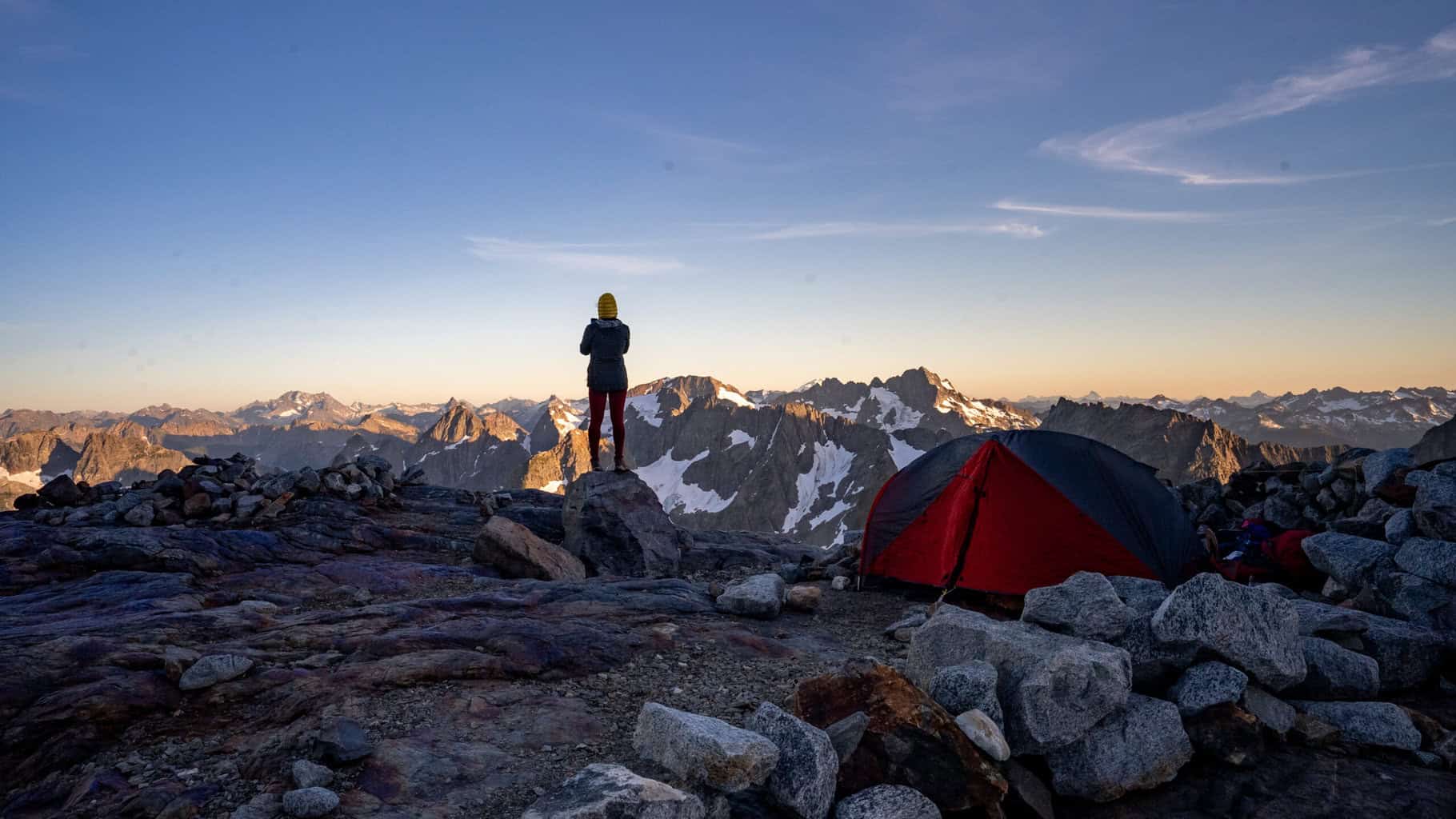
Seasonal Park Road Closures
Another thing to be aware of is seasonal road closures. Some park roads and areas are closed to vehicles seasonally, including:
- Isle Royale National Park in Michigan is the only national park that closes completely during winter, from November to mid-April.
- Acadia National Park closes the Park Loop Road, part of Schooner Head Road, unpaved roads, and Jordan Pond Road to vehicles from mid-November or December to mid-May or April.
- Glacier National Park closes part of Going-to-the-Sun Road near Lake McDonald Lodge during winter until late June or early July.
- Grand Teton National Park closes several roads, including Teton Park Road, in winter from November to late April or mid-May.
- Great Smoky Mountains National Park closes Cades Cove Loop Road to vehicles every Wednesday between May and September, while Kuwohi, Parson Branch, Rich Mountain, and Little Greenbrier roads, plus Roaring Fork Motor Nature Trail, close between November and April.
- North Cascades National Park closes North Cascades Highway from November to April or May and Cascade River Road from October or November to mid-July.
- Rocky Mountain National Park closes Trail Ridge Road from late October to late May, while Old Fall River Road closes from late September to early July.
- Yellowstone National Park closes many of its roads to vehicles from mid-December to mid-March, with only the North Entrance staying open
- Yosemite National Park closes Tioga Road, Glacier Point Road, and eastern entrances between November and April. This blocks vehicle access to popular areas like Tuolumne Meadows.
This is not a complete list of seasonal closures. You should always check the national park website for other possible road or section closures due to weather or park conditions before you plan your visit.
Understanding National Park Reservation Requirements
It’s not always as easy as rolling up in your car with your hiking and camping gear—many national parks have reservation requirements for entry, using certain roads, or hiking specific trails. These reservation systems help prevent overcrowding that can lead to dangerous conditions on the roads and trails, and helps keep our parks beautiful and protected.
National Parks That Require Reservations
Ten of the most popular parks and national monuments require entry reservations before you visit during certain parts of the year. You will need to make a vehicle reservation to access certain roads or a timed entry reservation to enter the park during a specific time slot. This helps cut down on traffic and control the flow of visitors to protect the parks and wildlife.
All reservations can be booked in advance on Recreation.gov and are needed in addition to your park entrance pass (or all-in-one America the Beautiful Pass). Here’s what you should know about each one:
- Acadia National Park: Vehicle reservations are required for Cadillac Summit Road between late May and late October. The cost is $6. Choose a sunrise reservation or a time slot for a daytime reservation.
- Arches National Park: Timed entry reservations are required to visit the park between 7AM and 4PM from April to early July, or if you’re visiting between 7AM and 4PM from late August through October. They cost $2.
- Carlsbad Caverns National Park: Timed entry reservations cost $1 and are required year-round on every day the park is open.
- Glacier National Park: Timed vehicle reservations between 7AM and 3PM for Going-to-the-Sun Road and North Fork are required between mid-June and late September, but only if you’re not staying in park lodging or campsites between mid-June and September 28th. Reservations cost $2.
- Haleakala National Park: Vehicle reservations are only needed for sunrise entrances, between 3 and 7AM. They cost $1.
- Mount Rainier National Park: Timed entry reservations are needed for Paradise and Sunrise Corridors during part of the summer and each costs $2.
- Paradise reservations are required for 7AM to 5PM entrances from late May through early September.
- Sunrise Corridor requires reservations between early July and early September for the same daytime hours. If you’re staying in either section of the park, you don’t need a permit for that section.
- Rocky Mountain National Park: Timed entry reservations are needed from late May to mid-October. Choose from a 5AM-6PM entry with Bear Lake Road reservation for access to everything in the park, or a timed entry from 9AM to 2PM without Bear Lake Road access. It costs $2.
- Shenandoah National Park: You need an Old Rag Day Use ticket to park and do the Old Rag hike between March and November. Eight hundred permits are offered daily for $2 each, but the rest of the park doesn’t require reservations.
- Yosemite National Park: Timed entry reservations cost $2 per vehicle and hiking permits for Half Dome are required at different times of year.
- Reservations are required for daytime entry on February weekends and weekends from mid-April through June. From July to mid-August, reservations are required for daytime park entry.
- From mid-August to late October, reservations are required during daytime on weekends and holidays.
- If you have a Half Dome permit or are lodging in the park, you won’t need a timed entry reservation.
- Muir Woods National Monument: Parking reservations are required year-round and tend to sell out on weekends and holidays. They cost $9.
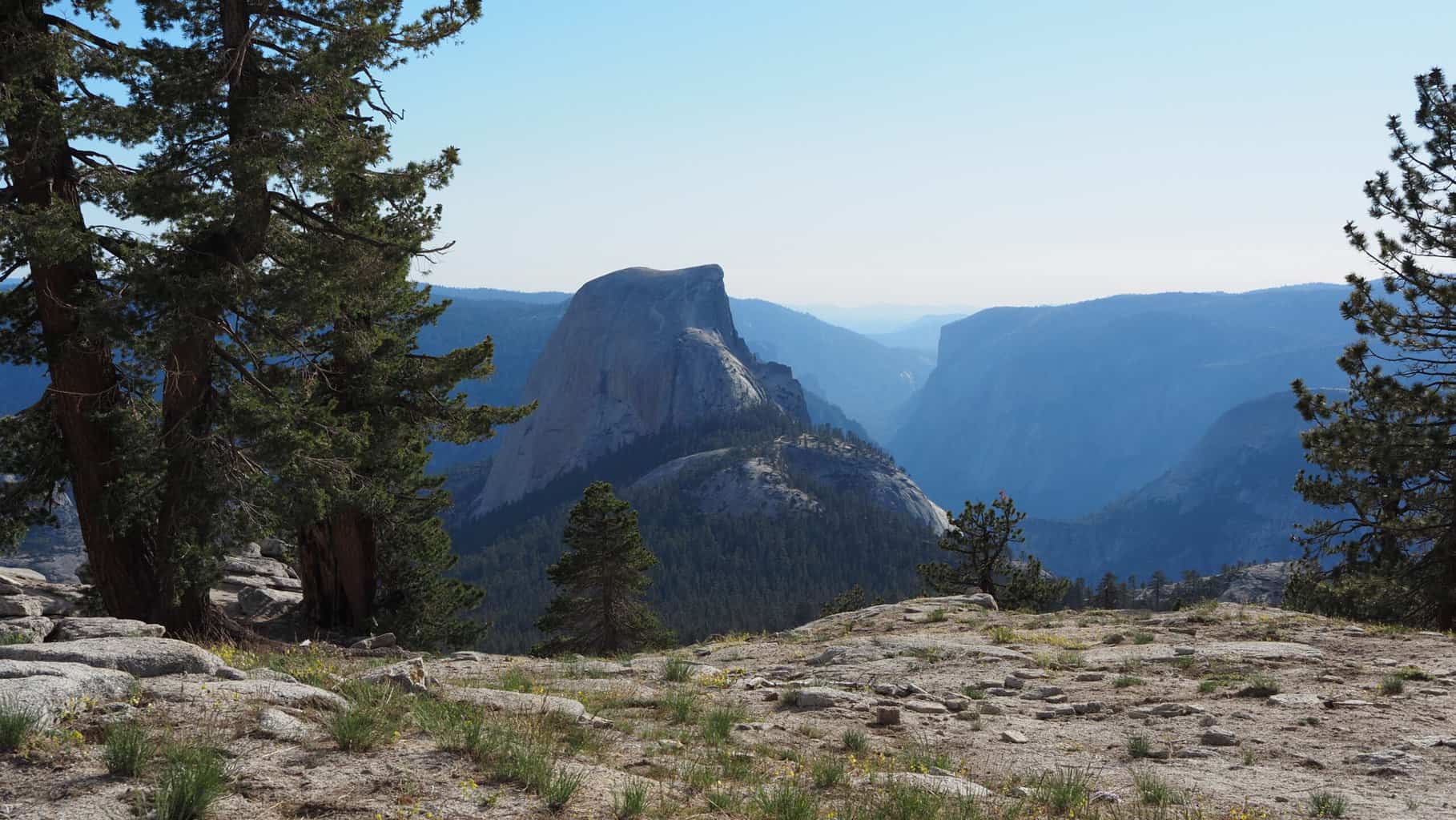
National Parks That Require Hiking Permits
Beyond timed entry and vehicle reservations, some national parks require special permits to hike certain trails. You need a permit to hike the following trails and areas:
- Half Dome in Yosemite: Permits are required to hike Half Dome when the cables are up between Memorial Day and mid-October. The preseason permit lottery opens on Recreation.gov in March and winners are announced in April. Daily lotteries open 2 days in advance while the cables are up and are very competitive. Permits are $10.
- Angels Landing, Subway, and the Narrows in Zion: Permits are required to hike these trails. Learn more about hiking Angel’s Landing here.
- Angels Landing permits are available by lottery for a $6 application fee, then $3 if you score a permit.
- Hiking the Left Fork of the Subway requires a wilderness permit between April and October and there’s a lottery 2 months in advance.
- To hike the Narrows from the top down, you’ll need a wilderness permit year-round.
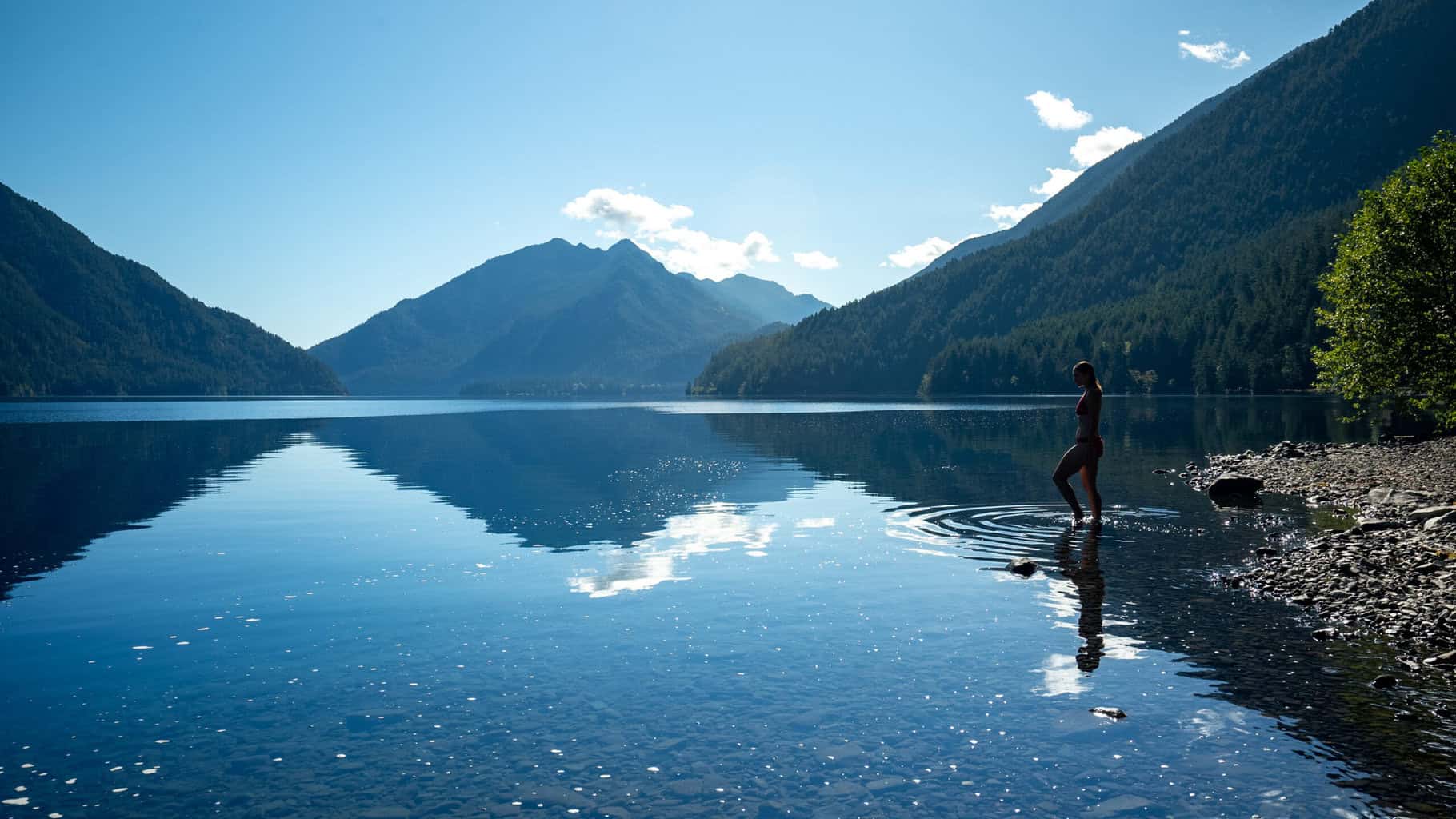
How to Make the Most of Your Time Visiting National Parks
Because the parks are huge with tons of trails and activities vying for your attention, you’ll need to make some preparations and plans in advance to make the most of your time. You can explore like a pro with a few tips I’ve gathered over the years.
- Go in with a plan. National parks are huge and most are almost impossible to see in a day, so build an itinerary before you go and try your best to stick to it.
- Don’t overload your itinerary. A little planning is essential to pack plenty of trails, sights, and experiences into your national parks road trip, but resist the temptation to overload your schedule to the point that you’re rushing through each park. Check out my guide on How to Plan a National Parks Road Trip to learn more.
- Skip summer visits to avoid the crowds. While there are exceptions—like Great Smoky Mountains, which sees the most visitors come in fall for the foliage—you’ll generally arrive to less-crowded conditions if you visit national parks during the shoulder seasons.
- Stay in the park if you can. Booking lodging at campgrounds or park hotels usually includes entry to any parks or sections with restrictions. Use Recreation.gov to book campgrounds.
- Most importantly, leave no trace. Don’t touch, approach, or chase wildlife. Stay on the trail to avoid interfering with local flora and fauna [show an example like Yellowstone geysers], and use park shuttles whenever you can to cut down on vehicle traffic on park roads. Pack out everything you bring in and try to leave the park better than you found it!
More Things to Consider
We’ve covered a lot of ground, but what else should you know about visiting national parks on a road trip soon? Staff shortages are going to be a big thing in summer of 2025. Here’s what you can do about it to make your trip easier and reduce strain on limited staff inside the parks:
1. Be patient. Longer wait times and reduced maintenance of park facilities are likely to be issues with understaffed parks.
2. Visit less-crowded parks. Staffing shortages may be less pronounced in parks with fewer visitors and avoid putting additional strain on limited staff.
3. Leave no trace. It’s worth restating! Clean up after yourself, stay on marked trails, and don’t approach wildlife or interfere with natural features.
While you might be excited to hike certain trails, you should always have alternate plans. Parking lots at trailheads are often small and lots for popular trails tend to fill up fast. Setting out early in the morning can help you snag a space, but make sure you’ve got a backup trail or activity planned in case you arrive to a packed lot.
Start Planning Your National Parks Road Trip
From packing up and getting there to understanding reservation requirements and lodging options, I’ve tried to cover the most helpful tips and rules to know so you can plan the perfect national parks road trip. Whether you’re a first-time park goer or a seasoned explorer, keep these tips in mind to make the most of your upcoming adventure!
I’ve gathered some of my favorite national park road trips below to help you get some inspiration for your upcoming adventure. Keep reading to learn more, and never stop exploring.
- The Ultimate 2-Week National Park Road Trip from Coast to Coast
- My Epic 7-Day California National Parks Road Trip Guide
- An Unforgettable 10-Day Alaska National Parks Road Trip Itinerary
- Southwest National Parks Road Trip: Zion to Death Valley
Pin Me
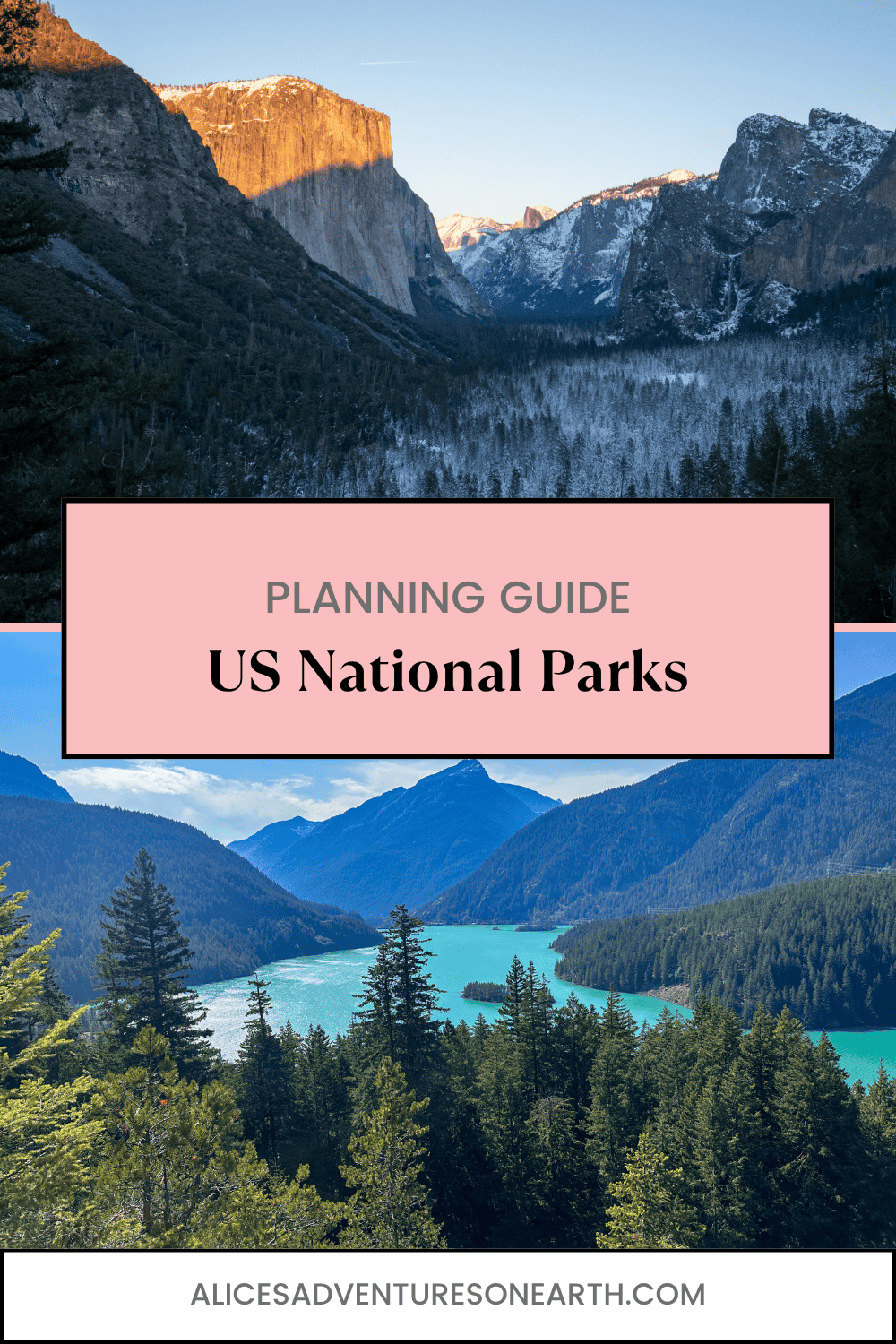
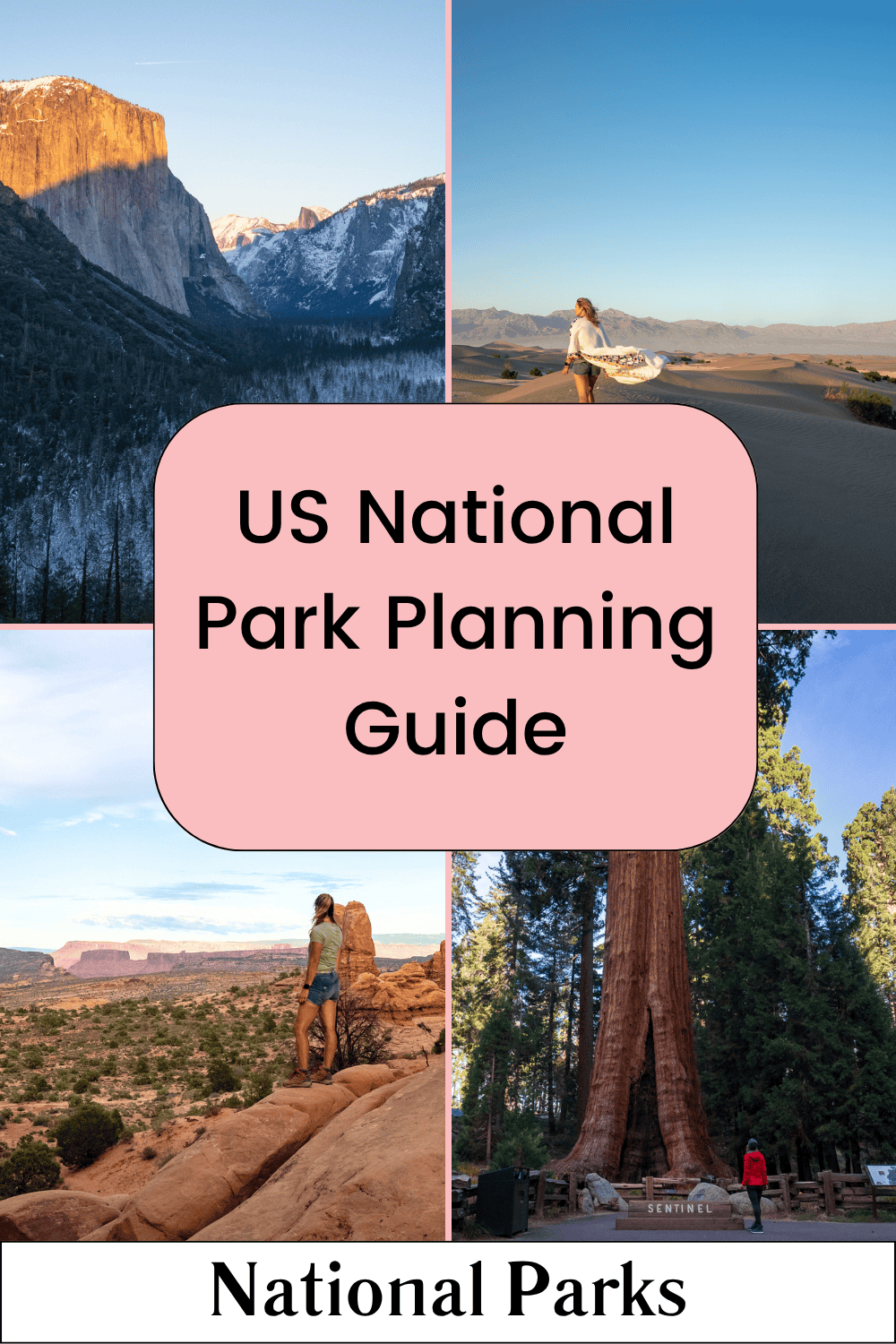
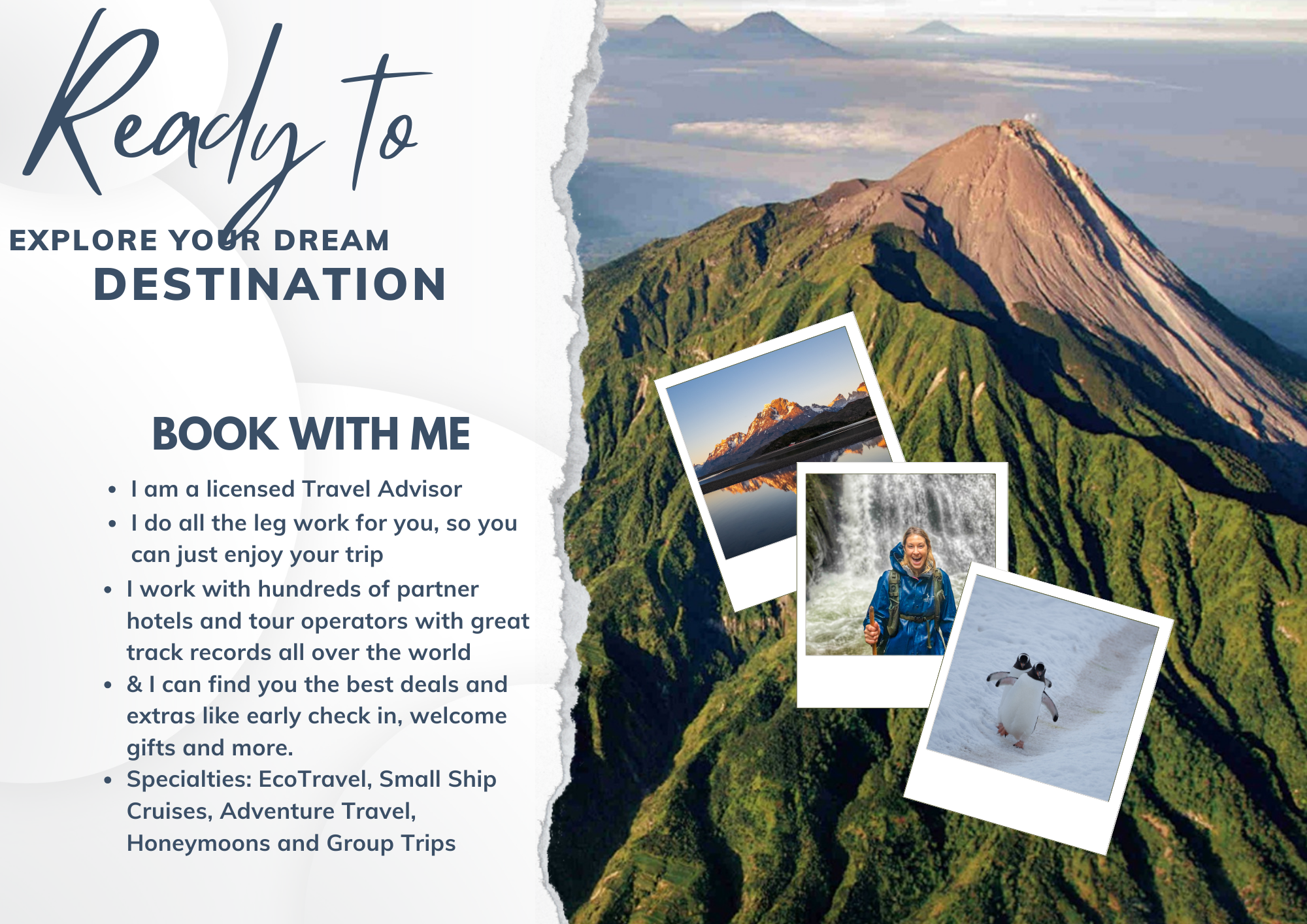
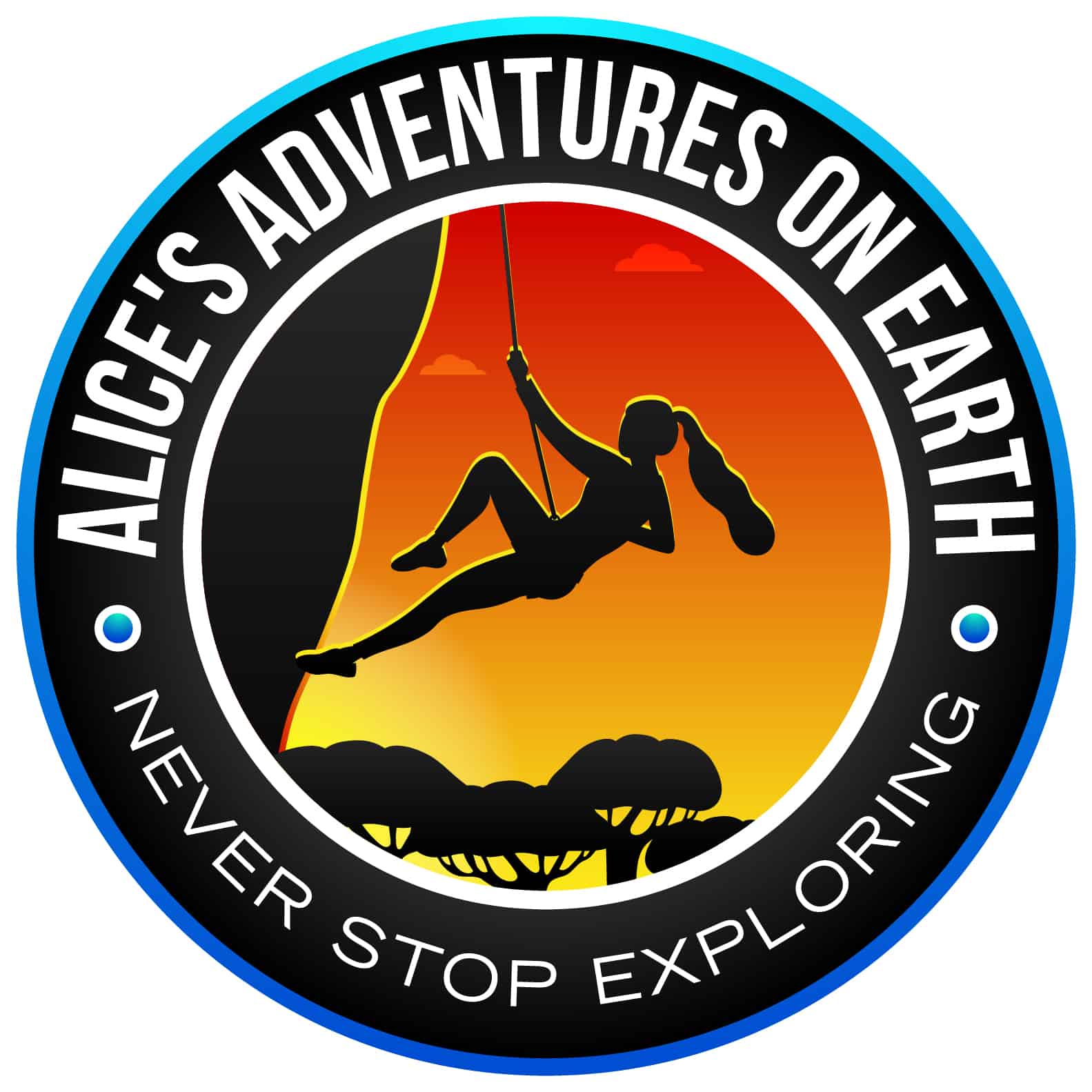
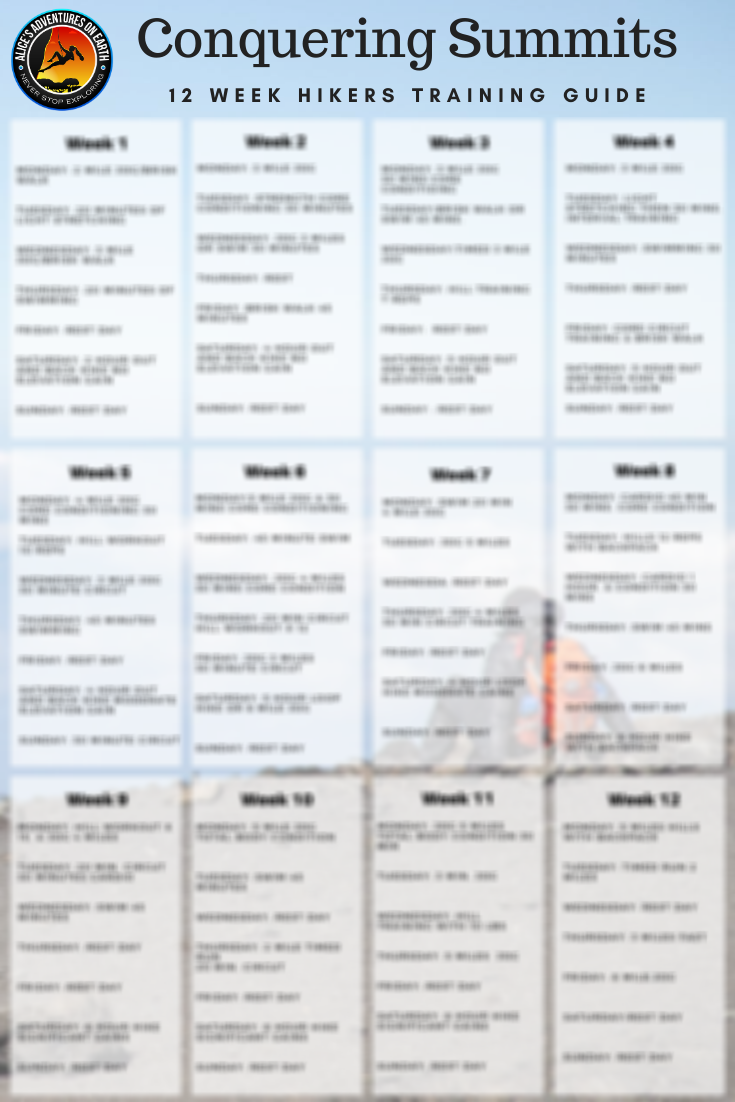


0 Comments